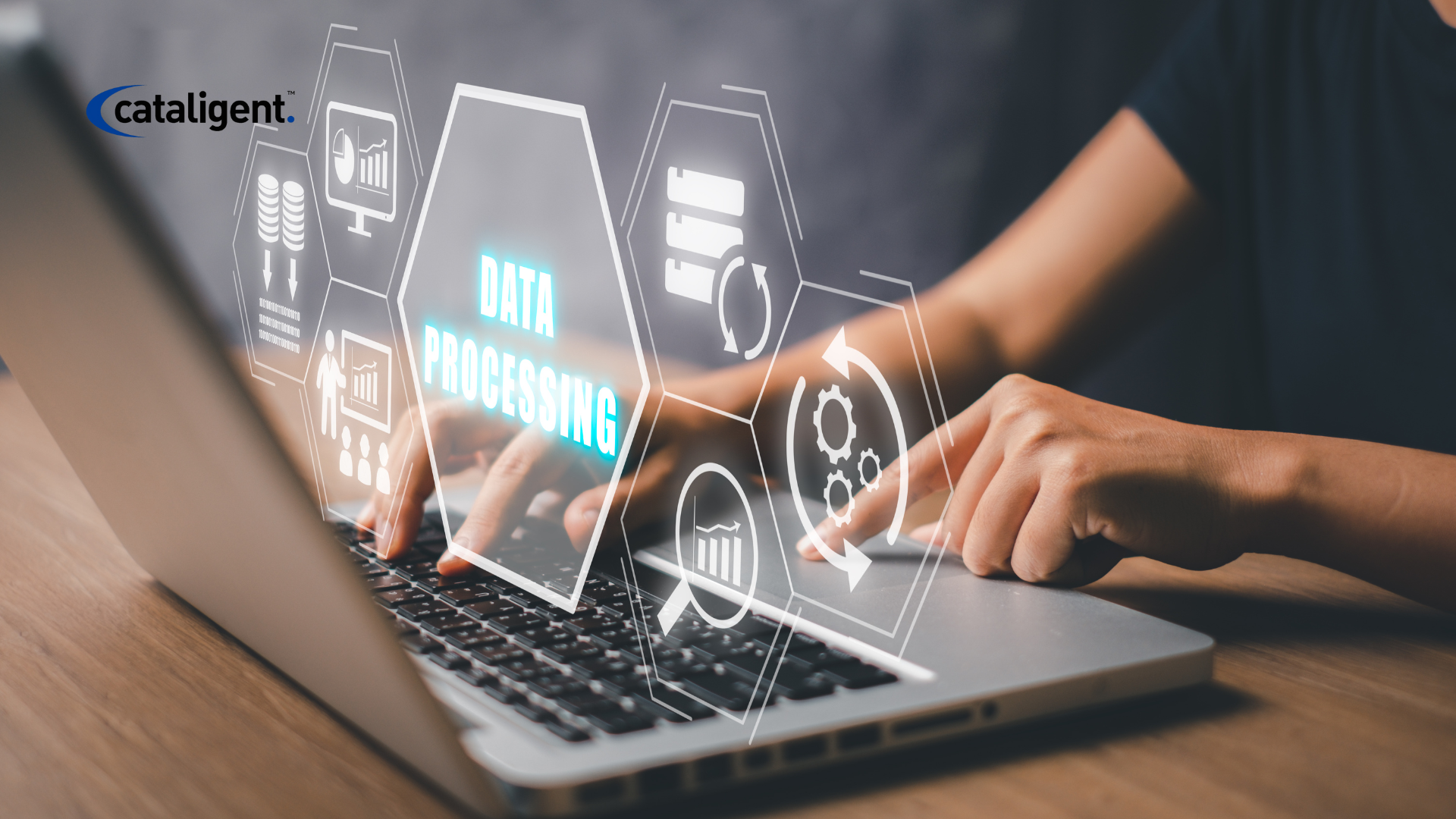What is Real-Time Data Processing?
Introduction
In the era of big data, organizations are constantly generating vast amounts of information from various sources such as sensors, IoT devices, financial transactions, social media, and more. To derive meaningful insights and make timely decisions, businesses rely on real-time data processing. This approach enables data to be collected, processed, and analyzed instantly, allowing for swift actions and optimizations. In this article, we will explore the concept of real-time data processing, its importance, key components, benefits, challenges, and best practices.
What is Real-Time Data Processing?
Real-time data processing refers to the continuous and immediate handling of data as it is generated. Unlike batch processing, which processes data in chunks at scheduled intervals, real-time processing ensures that data is ingested, transformed, and analyzed instantly. This capability is critical for applications requiring up-to-the-minute insights, such as fraud detection, stock market trading, traffic monitoring, and personalized customer experiences.
Key Components of Real-Time Data Processing
- Data Sources
- Includes IoT devices, sensors, web applications, transaction systems, and social media feeds.
- Generates continuous streams of structured and unstructured data.
- Data Ingestion
- Captures and collects data from multiple sources in real time.
- Utilizes technologies like Apache Kafka, Apache Flume, and AWS Kinesis.
- Stream Processing Engine
- Processes and analyzes data on the fly.
- Tools like Apache Flink, Apache Storm, and Spark Streaming enable real-time analytics.
- Data Storage
- Requires databases optimized for high-speed data retrieval.
- Examples include NoSQL databases like MongoDB, Redis, and time-series databases like InfluxDB.
- Data Analytics and Decision-Making
- Uses AI, ML, and statistical models to extract insights.
- Supports predictive analytics and automated decision-making.
- Visualization and Reporting
- Dashboards and reporting tools provide real-time insights to users.
- Examples include Grafana, Tableau, and Power BI.
Benefits of Real-Time Data Processing
- Instant Decision-Making
- Enables businesses to respond to events as they happen.
- Crucial for industries like finance, healthcare, and cybersecurity.
- Enhanced Customer Experience
- Delivers personalized recommendations and proactive support.
- Improves engagement and satisfaction through AI-driven interactions.
- Improved Operational Efficiency
- Optimizes supply chain logistics, inventory management, and workflow automation.
- Reduces latency and improves system responsiveness.
- Fraud Detection and Security
- Identifies suspicious activities in real time, preventing potential threats.
- Used extensively in banking and online transactions.
- Scalability and Flexibility
- Can handle massive data streams and scale with demand.
- Adapts to different business needs and environments.
Challenges in Implementing Real-Time Data Processing
- Data Volume and Velocity
- Managing and processing large-scale data streams efficiently is complex.
- Requires robust infrastructure and optimization strategies.
- Integration with Existing Systems
- Legacy systems may not be compatible with modern real-time processing frameworks.
- Requires careful planning and gradual migration.
- Data Accuracy and Consistency
- Ensuring high-quality data while processing at high speeds is challenging.
- Requires effective data validation and cleansing techniques.
- High Costs and Resource Consumption
- Real-time processing demands significant computational resources.
- Cloud-based solutions can help manage costs and scalability.
- Security and Compliance Issues
- Handling sensitive real-time data raises privacy and regulatory concerns.
- Requires strict access controls and encryption mechanisms.
Best Practices for Effective Real-Time Data Processing
- Choose the Right Technology Stack
- Select appropriate tools and frameworks based on business requirements.
- Apache Kafka for ingestion, Apache Flink for processing, and Redis for storage are popular choices.
- Optimize for Scalability
- Design systems that can dynamically scale based on workload.
- Cloud-native solutions provide flexibility and cost efficiency.
- Implement Efficient Data Processing Pipelines
- Minimize latency by optimizing data flow and processing logic.
- Use event-driven architectures for faster response times.
- Ensure Data Security and Compliance
- Implement encryption, authentication, and monitoring tools.
- Stay updated with regulations like GDPR and CCPA.
- Leverage Machine Learning and AI
- Use predictive analytics for proactive decision-making.
- Automate processes to enhance operational efficiency.
Conclusion
Real-time data processing is a critical technology for modern businesses seeking to leverage data-driven insights instantly. With the ability to analyze and act on data as it arrives, organizations can improve customer experiences, enhance security, optimize operations, and gain a competitive edge. While challenges exist, implementing the right strategies and technologies can help businesses maximize the benefits of real-time data processing. As the digital landscape evolves, the importance of real-time analytics will continue to grow, shaping the future of decision-making and automation across industries.

